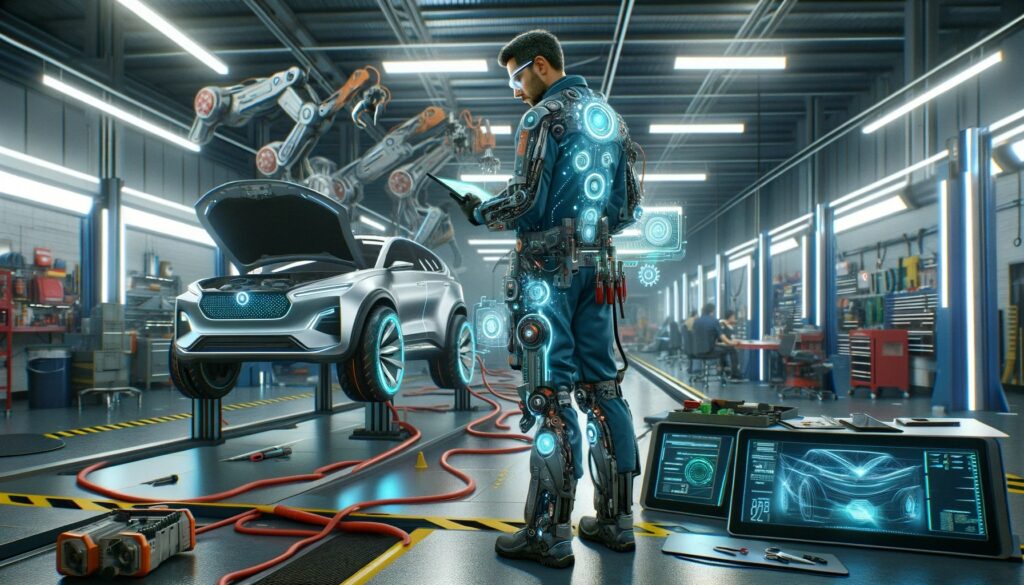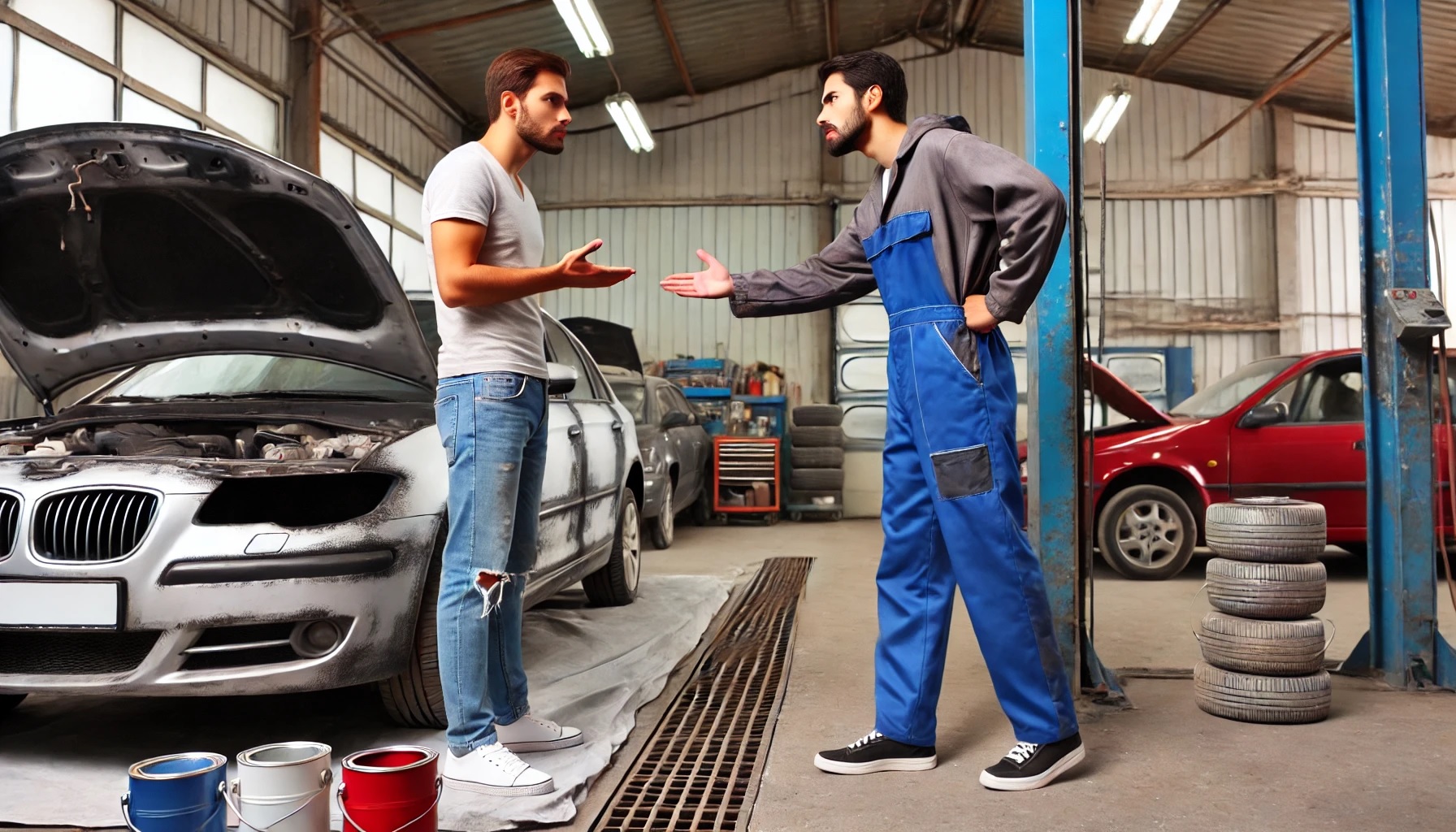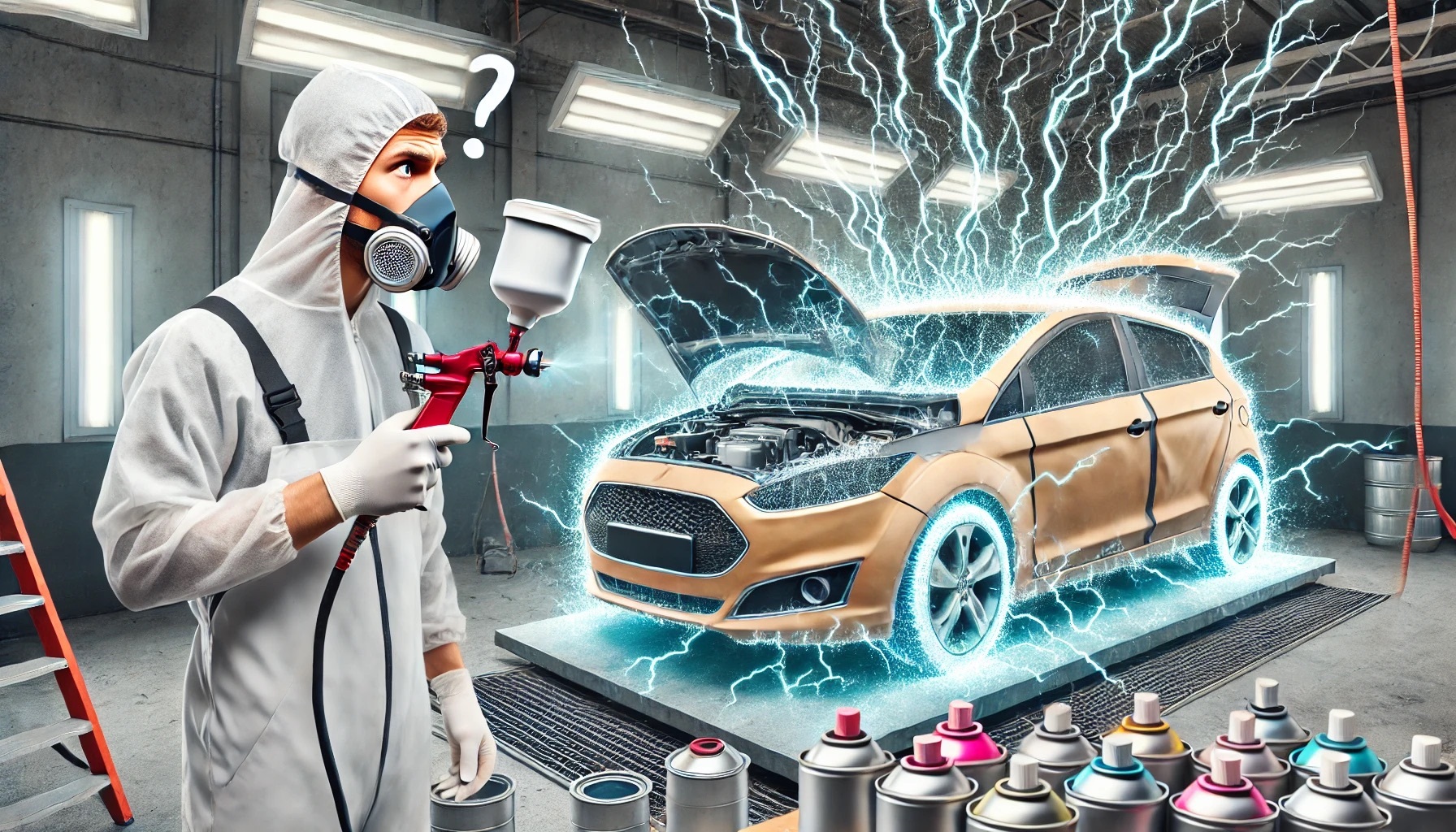Fast, Flawless, and Futuristic: Trends Shaping the Refinishing Industry
“The future belongs to those who believe in the beauty of their dreams.” — Eleanor Roosevelt
People have always wanted to predict the future, as if knowing it would somehow give them a leg up, like trying to peek at the answers before life’s big test. We’ve tried everything: staring at tea leaves, consulting crystal balls, asking the stars, and now squinting at algorithms. It’s as if, deep down, we all believe there’s some magical roadmap waiting out there, letting us dodge bad dates, weird haircuts, and potholes both literal and metaphorical. Yet, no matter how many horoscopes or “futuristic” apps we subscribe to, it’s still anyone’s guess what’ll actually happen tomorrow—and somehow, that’s what keeps things interesting. On the other hand, we still can make our wild guesses when it comes to the industry we work in. After almost 25 years in the business, I would like to share with you my ideas about what will be the future trends in what is called car refinishing industry.

AI enhanced color matching
Traditional color matching relies heavily on technicians’ skills. Fact. Taking into account the ever-growing shortage of talent in our industry, things may get much worse. This is where artificial intelligence will make the difference. Whether we like it or not, AI is here to stay and change our professional lives drastically, hopefully for the better. AI-driven systems could analyze and interpret color compositions with precision, reducing human error. By using machine learning, these systems can identify and adjust to slight color variations based on lighting conditions, material substrates, and paint age, ensuring a perfect match. AI in color matching is revolutionizing the automotive refinishing process, enhancing speed, accuracy, and consistency.
These advanced tools often integrate with digital spectrophotometers, which scan a vehicle’s surface and provide precise data. (About spectrophotometers a bit later). The AI then interprets this data to generate a near-exact color formula, streamlining the process and reducing waste from trial and error. This technology minimizes, mismatches and accelerates workflow, allowing technicians to achieve consistent results, especially in large operations where efficiency and accuracy are paramount.

Next generation spectrophotometers. Already here.
It is not a secret that spectrophotometers have revolutionized the color matching process since their launch in the 1990s. While the technology in the modern spectrophotometers have advanced a lot, it is, however, still very challenging to get the correct match on highly reflective coatings with metallic, mica and pearlescent colors. If the software suggests a formulation with the wrong size metallic particles, the overall result will be unsatisfactory. Today we already have new tools equipped with a special lens to read the “texture” and, hence, suggesting the right size for the metallics in the formulation.
Four years ago I wrote an article called “The next big thing in the autobody refinishing industry will not be a thing.” As you understand I have always tried to predict the future. “Most of the surveys conducted in our industry reveal that poor color matching remains the biggest challenge and profit-eater for any bodyshop. Expensive re-sprays and failed deadlines are common even among the best of us. Imagine that you have a spectrophotometer, which will be connected not only with your software, but with the computers of the paint manufacturer labs. If the lab doesn’t have the right formula for the color, it will be created and will update the database of every user around the globe.” Then I haven’t heard anything about the AI apart from fantasy fiction books. I believe that AI could analyze the readings from the advanced spectrophotometer and give us the result second to none.

Virtual Reality (VR) Training in Refinishing Techniques
If you are involved in the collision repair business, then the problem of attraction and retention of employees is on the very top of challenges. Young generation is more attracted to white collar jobs, rather than making things with hands. However, I see the opportunity in attracting young talent by new technology and particularly with advanced training courses based on virtual and augmented reality.
VR should be integrated into training programs, providing immersive environments for new technicians to learn application techniques. This trend helps enhance skill levels while reducing product waste during training. In fact, there are already companies offering solutions in VR training courses for both new employees, as well as for the experienced personnel. For example, Sprayverse, a promising startup which developed the Virtual Spray-Painting Training Simulator for use in classrooms, training centers, and exhibitions.
Conclusion
While the above-mentioned trends in some ways already make appearance in the industry of the car collision repair, the vast majority of the bodyshops in the market are still very far away from the usage of the mentioned technology. Lack of manpower, small profit margins and raising costs prevent the business owners to invest in the equipment and training. I strongly believe that success in our industry depends foremost on people and young generation. Let’s not forget this and invest in people!



